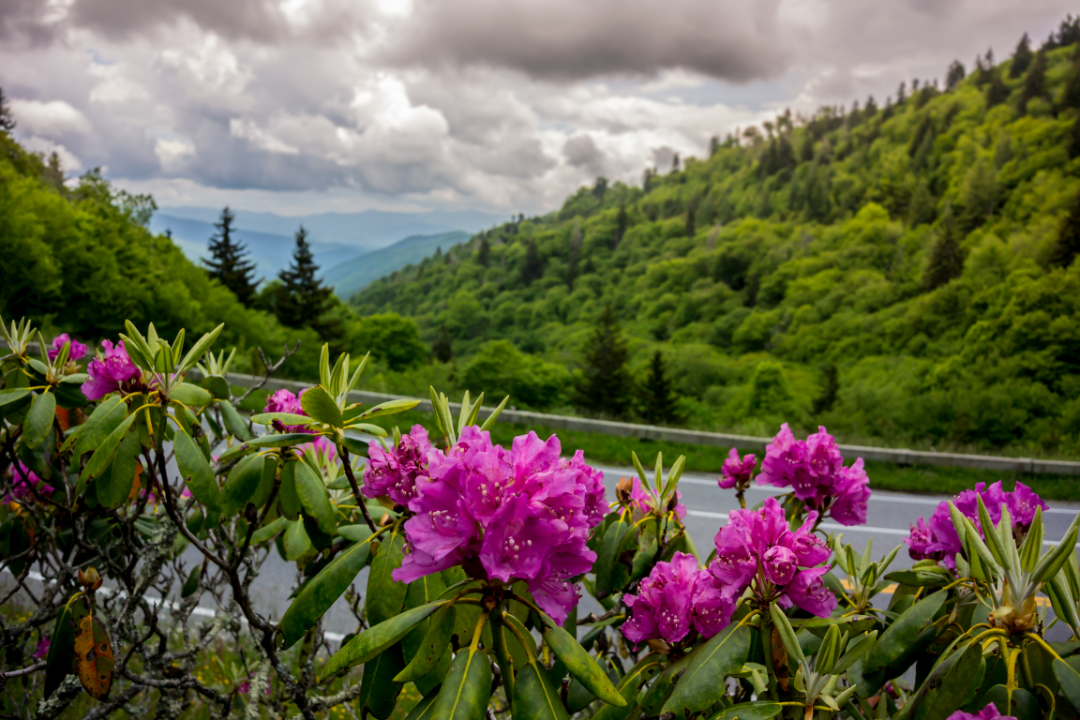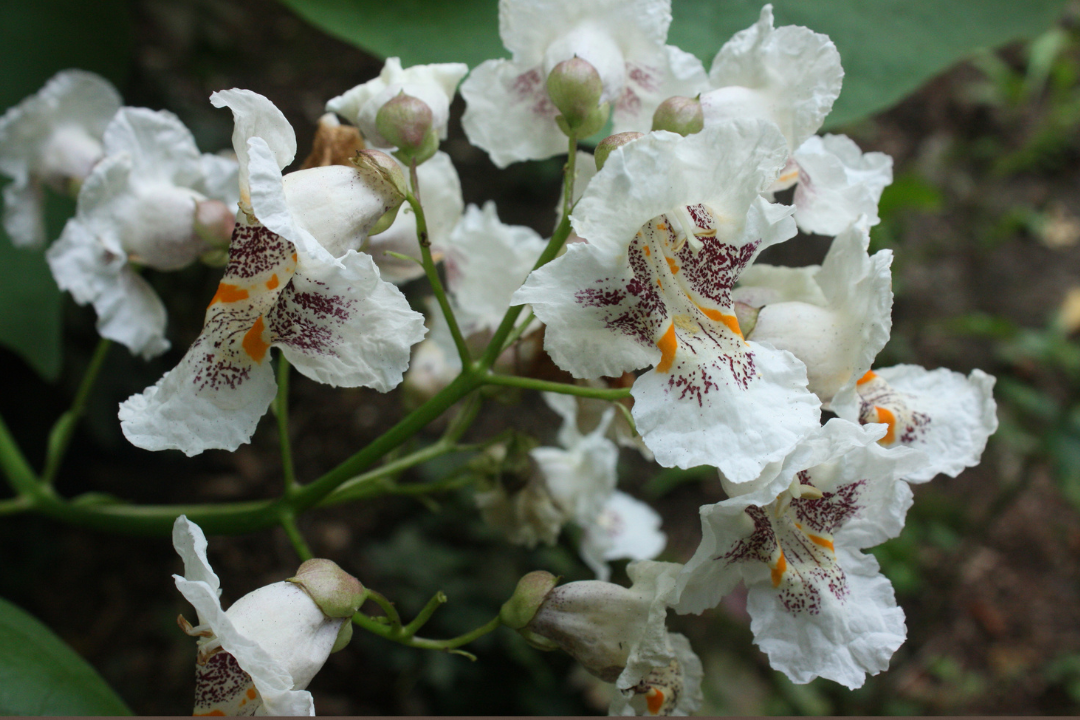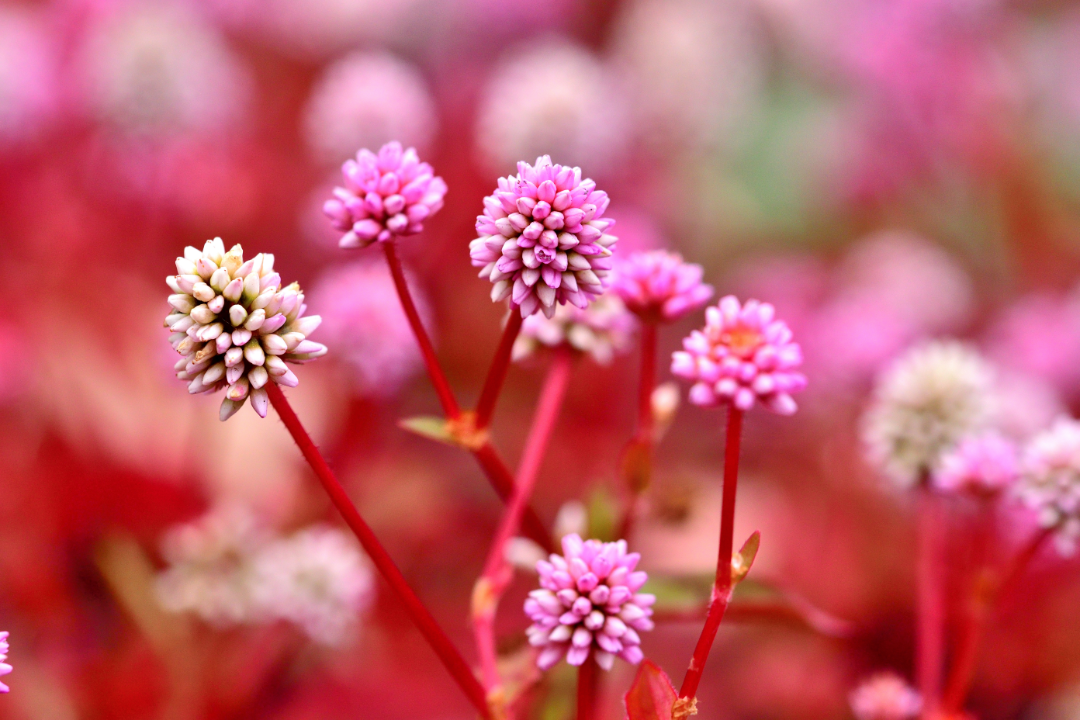Great American Gardeners (“GAG’s”) are lazy; they do not, in the garden, do “work for work’s sake”. Now that summer’s official here, the best thing that a “Great American Gardener” can do for the garden and lawn is smell the flowers, keep fresh water in the bird bath, and make sure to feed the rabbits, squirrels, and other critters.

PICTURE: Long Island Sound is a national treasure but easily polluted by garden, lawn, and driveway run-off. Nearly 21 million people (14% of the USA population) live within 50 miles of the Sound — close enough to literally throw their garbage in it. Once, the whole Sound nearly died; lobsters and crabs were climbing people’s boats desperately trying to get the oxygen stolen from the water by an algae over-bloom die off. If you are a patriot who lives by the sea, an “I-only-use-mulch” garden is the only way to go, I think. View from Waterside, Stamford CT, June 2005. Note the Brandt geese and other water fowl. This particular cove is a horseshoe crab nesting ground; the area probably has been a nesting site since the Sound was created at the end of the last Ice Age.
Great American Gardeners know that “eco-lazy” is best for themselves, their kids, the garden and the planet. So on July 4, ask yourself if you are a Great American Gardener. Are you ready to stand up for what truly counts in American sub/urban life? If so, here’s a list of things that you can skip this summer.
THINGS GREAT AMERICAN GARDENERS DO NOT DO IN SUMMER:
NO spreading of chemicals or concentrated material, natural, organic, synthetic or otherwise. Unless the label says “fit for human consumption”, Great American Gardeners don’t put it on the lawn or in the garden. Once every year or two spreading mulch or compost is all the “feeding” that the ordinary garden and yard need. As you learned in Issue 170 , pesticides are the WORST thing you can do to control your insect population. Likewise, herbicides take all the surprise out of your lawn, and may be linked to some very nasty diseases. Use the money saved to buy comfortable lawn chairs; and use the time saved to actually sit in the chairs in the garden. (When did you do this last?)
NO hoeing of weeds. Any opening of the soil opens up the bank of weed seeds already in the soil. Thus, hoeing weeds, for example, has been proven to be counter-productive ; two weeks later, you’ll have more weeds than you started with. Do gently pull the little weeds so they don’t become big ones, and or at least cut the heads off the big ones so that they don’t go to seed and make more weeds.


PICTURES: Two details from my mother’s a totally chemical-free but somewhat over-exuberant garden. She often remarks, while I’m chopping the hosta back so the blueberries can see, “thank God, you don’t use fertilizer!” Stamford CT, June 2005
NO digging to amend the soil. Great American Gardeners know that digging up the garden opens the weed-seed bank, perturbs the micro-organisms, and alters the soil structure. Scatter some mulch and compost around, (use lime and other soil amendments ONLY if recommended by a soil test) and let the worms dig it into the soil for you. Exception: the soil is so hopeless that you need a pick axe, i.e. totally compacted or made mostly of clay. Then do the dirty deed early in the spring and cover the newly disturbed soil with no more than 2-3 inches of mulch to discourage “weedlings”.
NO deadheading of spent flowers. OK, you can deadhead just a little, provided you wear sunscreen and a hat when out in the sun. However, let as many of the flowers go to seed as possible to feed the birds, make more flowers, and add winter interest to the garden. Do dead head things that don’t look good long-term (after the birds are done, of course), and plants with which the garden is already overly blessed.
NO churning of the compost pile or feeling guilty because you didn’t. “Mulch in place” (see Issue 170 ) instead. It’s much faster, easier, and better for the garden, the gardener and the hard-working robins, who are themselves, Great Americans, too. (The robins find the chopped twigs prefect for nest building).
NO pruning of live wood. The woody trees, shrubs and vines are in active growth between June 1 and September 1, and can be seriously weakened by summer pruning. Pruning deadwood is OK anytime, as is a quick trim that removes only a tiny percent of the leaves and twigs.
NO mowing of grass until the blades are long enough to be 3 inches after being cut. (P.S.: It helps if you don’t feed the lawn or water the lawn so it won’t grow so much.)

PICTURE: A neighborhood cat passes through on cat business. Stamford CT, June 2005. Cats sweat, and absorb chemicals, through their paw-leather, and only weigh somewhere around 10 to 20 lbs. They are, therefore, very susceptible to poisoning by substances spread on the ground (or floor – watch what kind of wax and floor cleaners you use inside, too). I often wonder why so many of our local dogs and cats get cancer while they’re under 5 years old. Could it be the cocktail of fertilizers, pesticides, herbicides, petroleum residues, household cleaners, and the like that are only too present in the sub/urban environment?
NO transplanting. Like musical chairs, the music stops on June 30 and doesn’t start again until September 1. It’s too hot for both the plant and the gardener. There is some latitude for shade gardening and container-grown plants there aren’t pot bound but don’t push your luck. If you have to move a plant after June 30, water it well (by hand) for a week or two. You can also place your (new) lawn chair over the plant for the first day or two to shade it.
NO spraying of leaves for mildew, black spot, etc. Roses get leaf spots, black and otherwise. Lilacs and phlox get mildew. Flowering dogwoods and sycamores get anthracnose; apples get rust spot. Get over it. If you must “DO SOMETHING ABOUT IT “, prune the plants (at the proper time) to increase air circulation — this will greatly reduce most leaf fungal problems.
These fungal leaf diseases are generally cosmetic, and best dealt with by good air circulation and tolerance. Prune so there’s plenty of light and air circulation. If you see one or two spotted leaves, you can pick them off if it makes you feel better. If it’s the whole plant, get used to it. The plants are used to the diseases and aren’t really bothered by them, if otherwise healthy and in the right place. If the plant is not in the right place (e.g. too much sun or shade), rip it out. If the leaf spots are really annoying, apply chamomile tea to the gardener. (I, personally, think that, in an extreme case, an ice-cold beer or a single-malt scotch works well to brace the gardener to stand strong and still, doing nothing, in the face of powdery mildew and black spot. After all, you are a Great American Gardener, aren’t you?).
NO unnecessary watering. Consider never watering your lawn. Many Great American Gardeners have chosen this course, and are still allowed to check books out at the town library. Water gardens only when dry. (People who let their automatic watering systems run even in the rain are annoying to their neighbors and need a remedial patriotism class). Hand water plants needing a little extra. Do use mulch to conserve water, plant shade gardens that need less water, and choose drought-hardy plants.

PICTURES: Some of our fellow sub/urban Great Americans: a red-tailed hawk looking for lunch in a downtown Stamford, CT, park, Feb 2005; a female horseshoe crab coming ashore to mate, as her tribe has done for eons, Waterside, Stamford, CT, June 2005; and a squirrel having her own picnic at Scalzi Park, Stamford, CT, Dec. 2004. The hawks, so beautiful when soaring in the wind currents, die if they eat prey poisoned by pesticides. The horseshoe crabs are endangered for several reasons, including loss of nesting habitat, and having been ground up in large numbers for pig-feed and fertilizers. Horseshoe crab blood is an irreplaceable necessity for certain human blood tests. The resourceful, flexible squirrels are trying to make the best of the sub/urban mess but even they could use a little help.
NO spraying of animal repellents. In general, animal repellents don’t work that all well (read the label – they don’t work at all unless you re-apply every time it rains), and some are cruel. For example, some mixes have been reported to burn animals’ eyes. (How would you like chili pepper in your eyes?) Likewise, can you conceive of a way to collect commercial-quantities of urine from a coyote or bobcat that makes the animal happy? (If I’m being unfair to animal urine collectors, please write in and tell me.) Meanwhile, what’s patriotic about contributing to making one animal unhappy so that you can say you’re “humanely” discouraging another critter from your yard?
A more effective use of a Great American Gardener’s time is to plant rabbit- and woodchuck-friendly food (see Issue 164), and write your elected officials urging population control for white tail deer (see Issue 169), and urging town and state support for “Trap, Neuter and Return” programs for feral cats. (See Issue 125.)

PICTURE: Great American Gardeners have chairs in their gardens and time to sit in them! Stamford CT 2005
THINGS GREAT AMERICAN GARDENERS DO, PREFERABLY IN THE SPRING OR FALL:
Test the soil. Soil tests are like going to the human doctor. It’s not too bright to take medicine without knowing if anything’s wrong with you. Ditto, putting lime or nitrogen on the lawn without knowing whether it needs any. However, get the chemical soil analysis (diagnosis), but awful careful about any recommended chemical cures (“the meds”). Great American Gardeners think for themselves. For example, don’t believe what some of the “experts” say about adding nitrogen every year. Whatever the story is for the farmer, it is just not necessary, and can be harmful, in the yard. (See Issue 109.)
Mulch, much and mulch, unless you mulched last year and still have a 2-inch covering. (See Issue 64.)
Prune for deadwood and air circulation. (See Issue 105 on pruning.)
Weed, weed and weed. Great American Gardeners agree that it’s much nicer to weed early in the year when it is cool and the sun isn’t so strong. Get the weeds in spring when they’re young and, in a couple of years, you’ll see a dramatic drop off in weed problems. Disturb the earth as little as possible and the weeds don’t get a chance to get started.
Put the right plant in the right place. Healthy plants in the right place grow without help, once established. Put shade plants in shade; sun plants in sun; moisture lovers where there is moisture, etc. It is unpatriotic, I think, to insist on growing what you want, where you want it, even if it is not a good place for the plant, so that the plants need constant artificial life support, at a cost to everyone’s health.

PICTURE: birdbath at my mother’s. Surrounding plants include astilbe, day lily and cranes bill. June 2005.
Sow clover in your lawn. Clover fixes nitrogen in the lawn and keeps the rabbits and woodchucks out of the gardens. Also encourage the wild violets in the lawn as the critters like them, too. (See Issue 93.)
Plant for wildlife. Great American Gardeners consider the needs of the rabbits, woodchucks, and the like when planting. If you give them enough of what they want, they’ll leave your stuff alone. (see Issue 164.) Also encourage your birds (see Issue 36 on bird baths) and beneficial insects (see Issue 170 ) so they can take care of your “bad” bugs for you.
Turn more lawn into garden to reduce the amount of your property that has to be mowed, etc.
So on Independence Day, are you are Great American Gardener, or what?

PICTURE: a wonderful stoop-sized garden, complete with a bird-squirrel feeder, along Hoyt Street Alley. May 2005.



